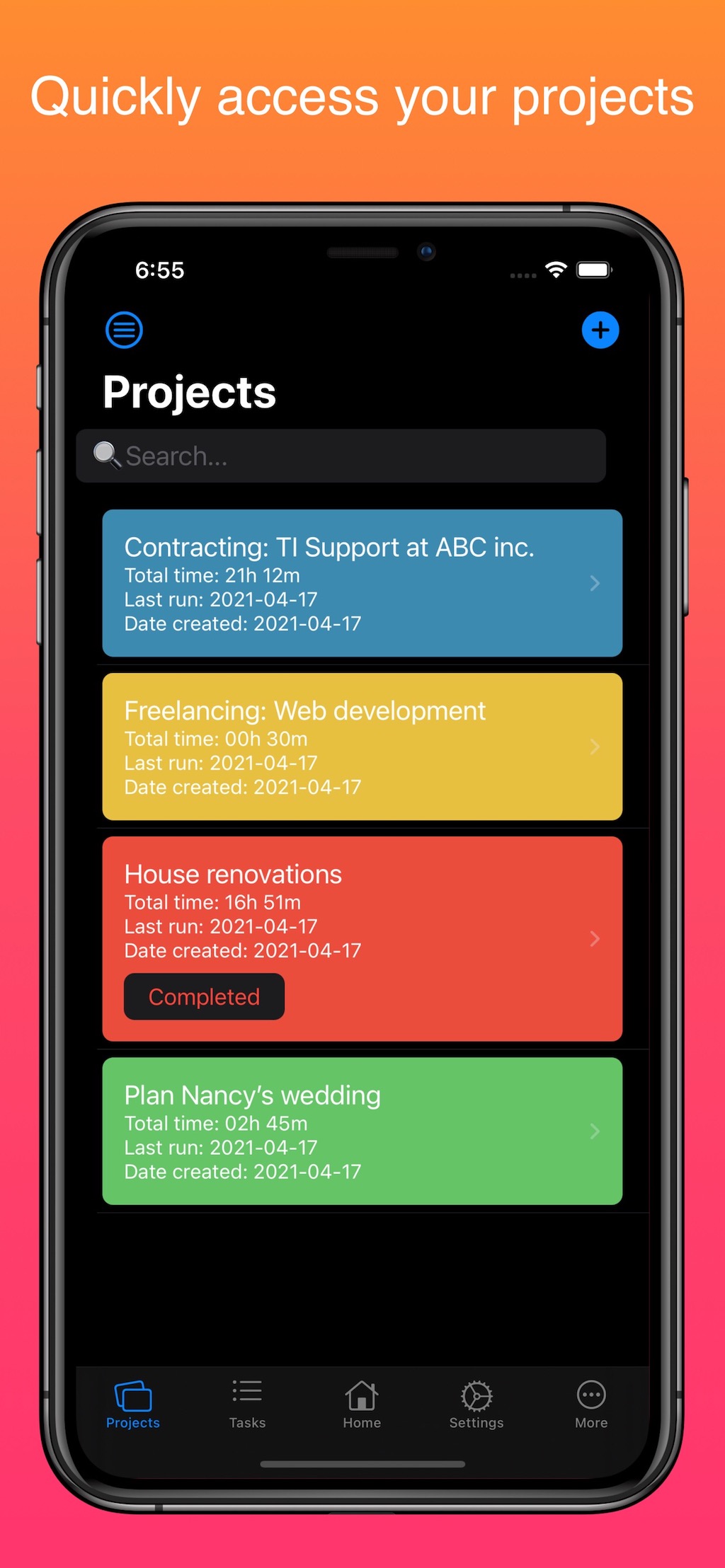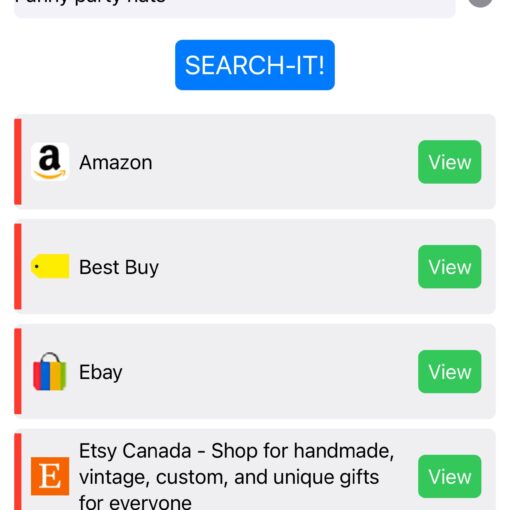Vibe Coding: When Intuition Meets Development
There’s a shift happening in how we think about writing code. While traditional software development emphasizes rigorous planning, detailed specifications, and methodical execution, a different approach has been gaining traction—one that developers are calling “vibe coding.”
What Is Vibe Coding?
Vibe coding is less about following strict methodologies and more about letting intuition and flow guide the development process. It’s that state where you’re not overthinking every architectural decision or getting bogged down in premature optimization. Instead, you’re feeling out the problem, letting solutions emerge organically, and trusting your instincts about what feels right.
Think of it as jazz improvisation versus reading sheet music. Both produce music, but the creative process is fundamentally different.
The Flow State
At its core, vibe coding is about achieving and maintaining flow state. You know that feeling when you’re so absorbed in coding that hours pass like minutes? When your fingers seem to know what to type before your conscious mind fully articulates it? That’s the vibe.
This approach thrives on:
- Momentum over perfection — Getting something working first, refining later
- Intuitive architecture — Letting patterns emerge rather than forcing them
- Creative experimentation — Trying things to see how they feel, not just how they perform
- Minimal friction — Reducing anything that breaks your concentration
When Vibe Coding Works Best
Vibe coding particularly shines in certain contexts. Prototyping and early-stage development benefit enormously from this approach—you’re exploring possibilities rather than cementing solutions. Creative projects, personal side projects, and situations where you’re working in familiar territory with technologies you know well are ideal for letting the vibe guide you.
It’s also powerful when you’re solving novel problems that don’t have established patterns. Sometimes the “right” solution reveals itself through exploration rather than analysis.
The Pitfalls
Of course, vibe coding isn’t always the answer. Production systems with strict requirements, team projects requiring consistent patterns, and highly regulated industries need more structure. Code that others will maintain demands clarity over cleverness, and critical systems where bugs have serious consequences require rigorous testing and documentation.
The key is knowing when to ride the vibe and when to pump the brakes and get methodical.
Finding Balance
The best developers don’t choose between vibe coding and structured development—they know when to use each. Maybe you vibe code during your initial spike to explore the problem space, then shift into structured mode when implementing the actual solution. Or you maintain architectural rigor while allowing yourself to vibe code within well-defined boundaries.
Some teams even designate “vibe time”—periods where developers can explore, experiment, and follow their intuition without the pressure of deliverables.
Embracing Your Development Style
Ultimately, vibe coding is about acknowledging that software development is both an engineering discipline and a creative practice. Sometimes the best code comes not from following a process, but from trusting yourself, getting into flow, and letting the solution reveal itself.
The next time you sit down to code, pay attention to when you’re most productive and creative. You might find that your best work happens when you stop overthinking and just… vibe with it.



